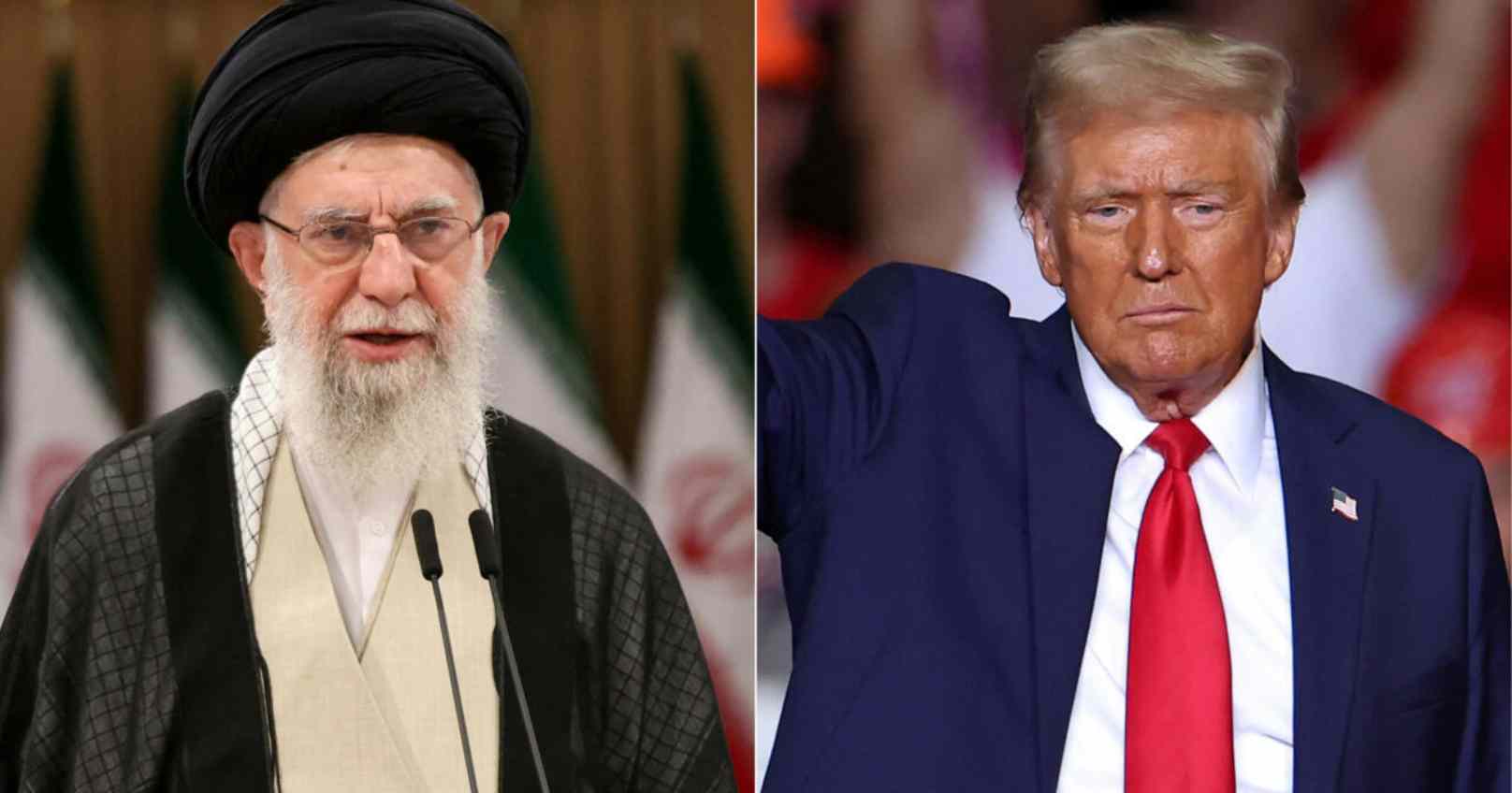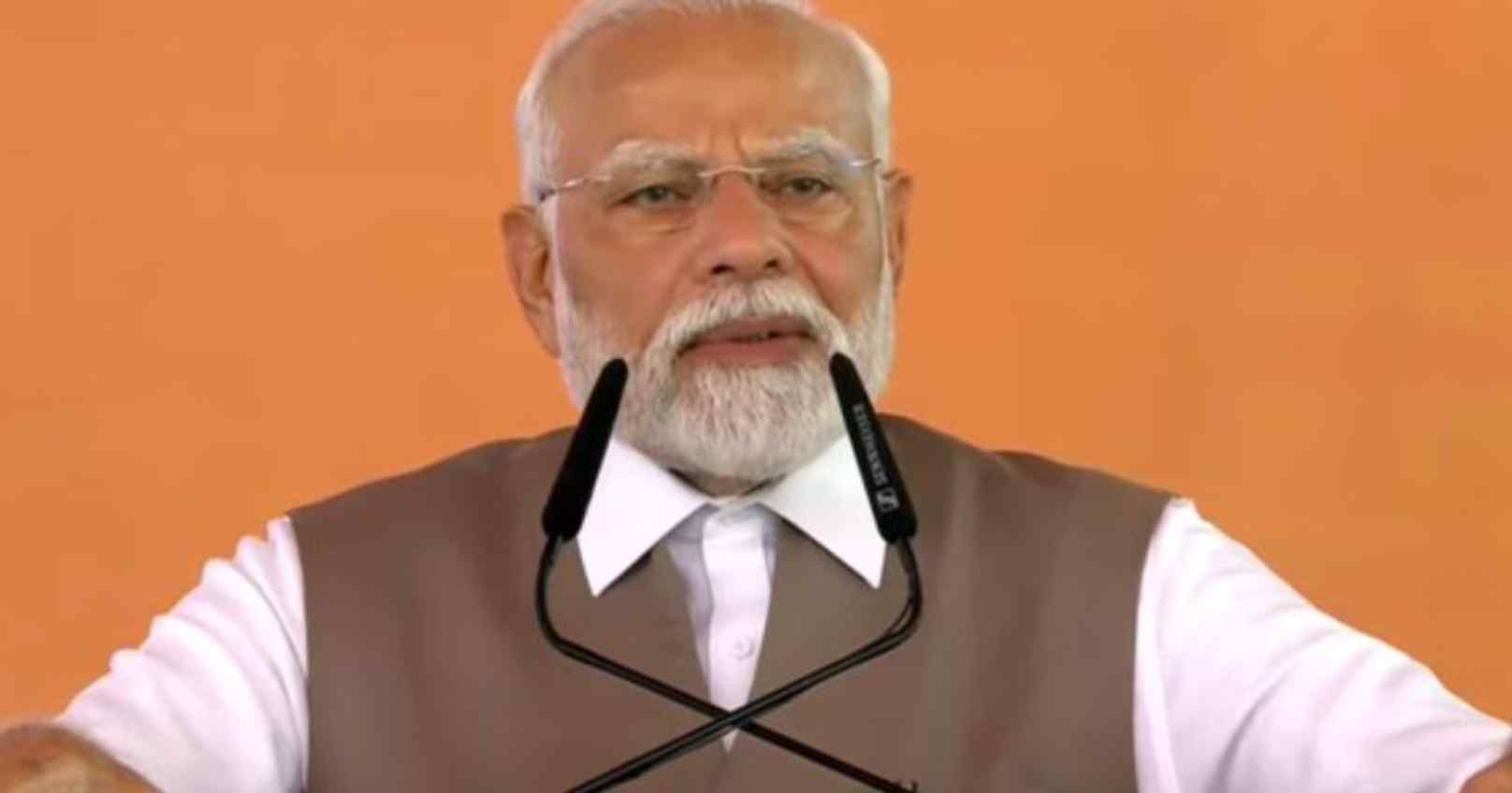Iran has reportedly placed its missile forces on high alert following threats of military action from former US President Donald Trump over stalled nuclear negotiations. According to the state-run Tehran Times, Iran’s armed forces have prepared missiles capable of striking US-linked targets worldwide.
The report claims that a substantial number of these missiles are stored in fortified underground bunkers across Iran, designed to withstand potential airstrikes.
The escalation follows Mr. Trump’s remarks during an interview with NBC News, where he warned of unprecedented bombing if Iran refuses to comply with US demands. "If they don’t reach an agreement, there will be bombings like they’ve never seen before," he stated.
Beyond military threats, Mr. Trump also hinted at the possibility of reinstating secondary sanctions on Iran and its trade partners. He indicated that a final decision on such measures would depend on Tehran’s response in the coming weeks.
During his presidency, Mr. Trump withdrew the US from the 2015 Joint Comprehensive Plan of Action (JCPOA), commonly known as the Iran nuclear deal. The agreement, signed during Barack Obama’s administration, had imposed strict curbs on Iran’s nuclear activities in exchange for sanctions relief. Mr. Trump reaffirmed his openness to new negotiations but insisted that Iran must demonstrate a commitment to nuclear restrictions.
Iran’s newly elected President Masoud Pezeshkian addressed the situation in a televised statement, rejecting direct talks with Washington but leaving the door open for mediated discussions through Oman.
"The Supreme Leader has reiterated that indirect negotiations may continue. We are not opposed to diplomacy, but their history of dishonesty has created obstacles. They must prove they can be trusted in decision-making, and we hope such trust can be built," Mr. Pezeshkian said, as reported by AFP.
The rising tensions mark another chapter in the long-standing friction between Iran and the US, with both sides standing firm on their positions amid growing geopolitical uncertainty.







